
Korean Mushroom
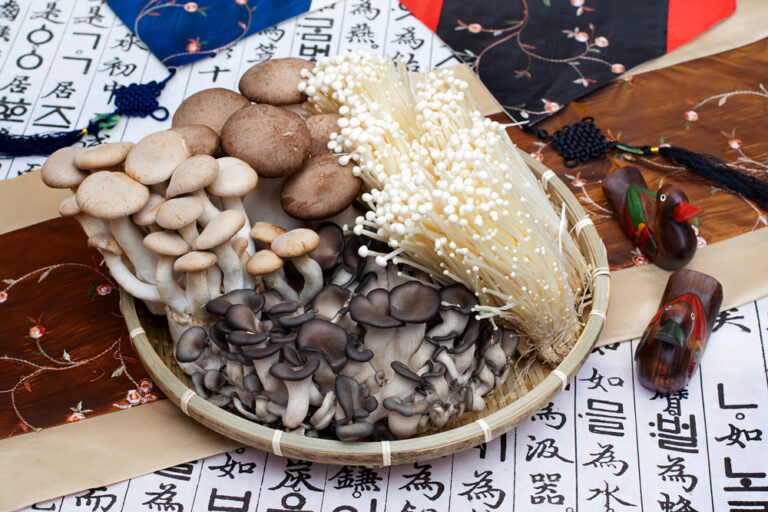
Cinema, K-pop, cosmetics, Kimchi, Bibimbap, Soju, Ginseng, etc… we think we know everything about Korea.
But the peninsula still conceals treasures that we have yet to discover, including fresh vegetables, the future trend of our tables.
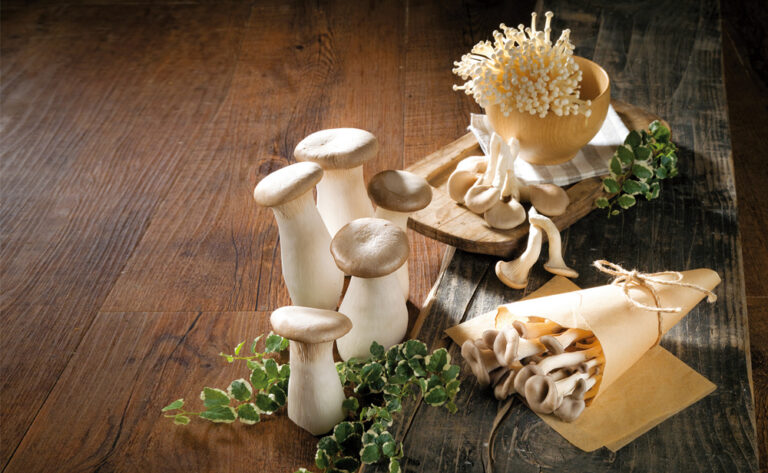

Fresh air, water quality, unpolluted soil, mountains and a peninsula surrounded by three seas provide a perfect environment for mushroom cultivation. Fragrant and tasty, with a pleasant texture, they reflect the soul of the Land of the Morning Calm, one of the names given to Korea.
Paeng-yi beoseot(팽이 버섯 – enokitakes), Saesongyi beoseot (새송이 – Pleurotus eryngii), Nutari(느타리 – oyster mushrooms) are the most common Korean mushrooms. With a fragrant flavor, their fibrous texture is reminiscent of meat or seafood.
There are two types of Korean mushrooms: natural forest mushrooms and cultivated mushrooms. The cultivated Korean mushrooms have become a star product in the world market in just a few years due to their excellent quality and nutrition and thanks to a controlled production method and logistics.


Pleurotus eryngii, known as King Oyster mushroom, or Saesongyi(새송이) in Korean.

Enoki, Cultivated Flammulina Velutipes in English and Paeng-i Beoseot(팽이버섯) in Korean.

Korean Oyster Mushroom(Oyster Mushroom), Oyster Mushroom or pleurotus ostreatus in English, Neutali Beoseot in Korean (느타리버섯).
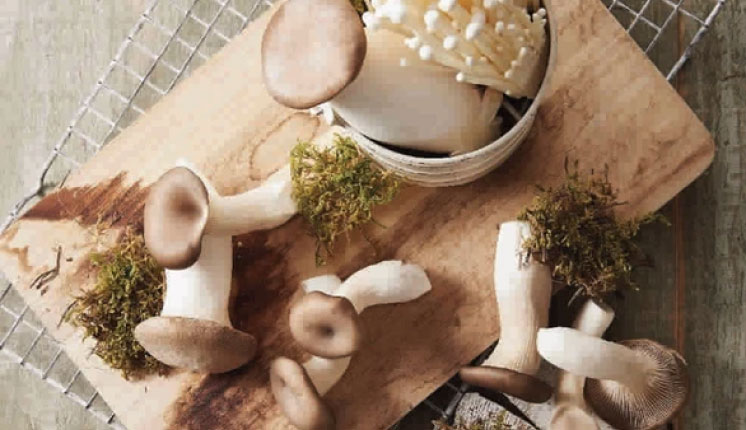


Eryngiis are ideal in dishes sautéed with vegetables. They are also very good grilled on a BBQ.
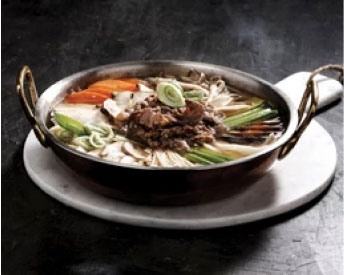
Enokis and Korean oyster mushrooms are perfect ingredients for soup or broth The mild taste of these mushrooms goes well with all ingredients.
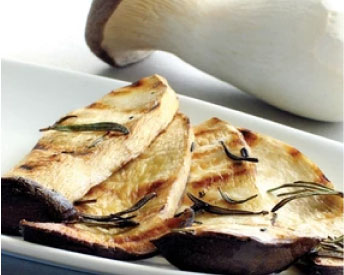
Enokis have a particular appearance with a mild and slightly sweet flavor. Even when cooked in water, they do not lose their crispy texture
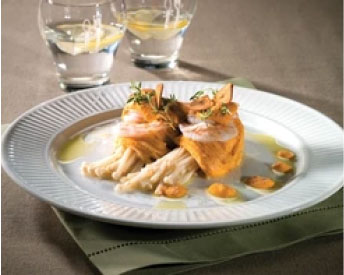
Les Enokis ont un aspect particulier, une saveur douce et un peu sucrée. Même cuits à l’eau, ils ne perdent pas leurs textures croustillantes.
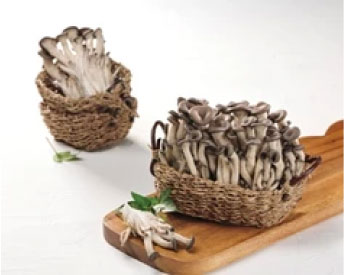
Korean oyster mushrooms have a very mild taste reminiscent of oysters. Their aroma is natural.